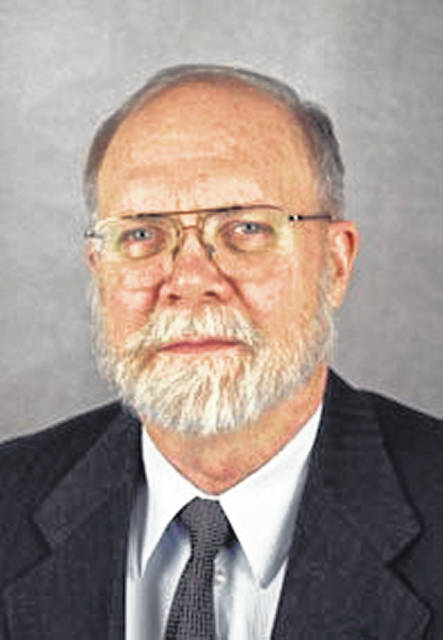
“Easter,” it is not over yet! And that is just fine with me. The Resurrection of the Lord is the central premise of our Christian faith. Its celebration is the center point of the Christian year. The good news we proclaim on Easter Sunday is the very heart of the gospel message. I like one description that says Easter Sunday is something like the keystone of an arch – top and center stone upon which all the others lean and depend. This keystone event gives us a time to commemorate the Resurrection of Jesus. Easter Sunday then allows us to celebrate the defeat of death and the promise of salvation coming through Jesus’ Resurrection. Christian traditions hold that the sins of humanity were paid for by the death of Jesus and that his Resurrection represents the anticipation believers can have in their own resurrection. Celebration with special music, with Easter lilies, and in my church’s case a flowering cross to which all have opportunity to contribute their spring flowers, make it a special Sunday worship.
But, Easter is not over yet! We have a whole season to celebrate! As with Christmas, Easter refers not only to a single day, but to a whole season of celebration in the Christian year. In many of our traditions, Easter Sunday is only the beginning of Eastertide or the Easter season. Easter season will continue for 50 days and end with the celebration of Pentecost. Within this time, we also celebrate the Ascension of Jesus. Pentecost is a key destination for our Easter season. Pentecost was originally one of the Jewish feast days. They did not call it Pentecost, that is the Greek name which came later. The Jews called it the Feast of Harvest or the Feast of Weeks.
The Feast of Weeks celebrated the beginning of the first of two annual harvest seasons in Palestine, which meant that it always would fall sometime between the middle of May and early June. The Feast represented an opportunity to bring first fruits of the harvest to God. Christians changed this day to a holiday, not to celebrate a wheat harvest, but to remember when the Holy Spirit invaded the church as described in Acts 2. As described in Acts 2, after Jesus ascended into heaven, Jesus’ followers were gathered for the Feast of Harvest (now for us Pentecost), and the Holy spirit “filled the whole house where they were sitting… All of them were filled with the holy Spirit and began to speak in other tongues as the Spirit enabled them.”
We have seven weeks to celebrate the Easter season and prepare for Pentecost. The seven weeks has symbolic meaning in and of itself. Seven is a number representing completeness. This “week of weeks” (seven times seven) is a symbol in time of the fullness and abundance of God’s grace. The “week of weeks” corresponds to the length of time, the fifty days, between Easter and Pentecost (which actually means fiftieth). Just as we have historically used the Lenten season before Easter as a time of preparation for church membership, we can use Easter season to build our theological understanding and our ability to serve the risen Lord.
So even after Easter Sunday has passed, this extended season gives us time to rejoice and experience what we mean when we say Christ is risen and that we, as the church, are the body of the Risen Lord. Keep on celebrating and wishing your friends a happy Easter. As St. John Chrysostom reminds us in his famous Easter homily, read in Eastern Catholic and Eastern Orthodox churches on Easter, Christ has destroyed death, and now is the “feast of faith.” Rejoice and be glad in it.


